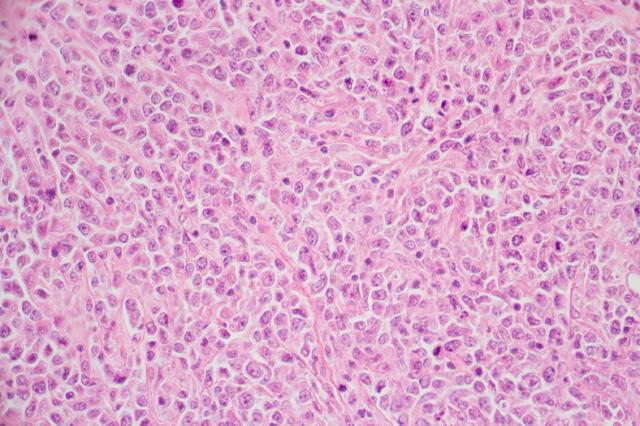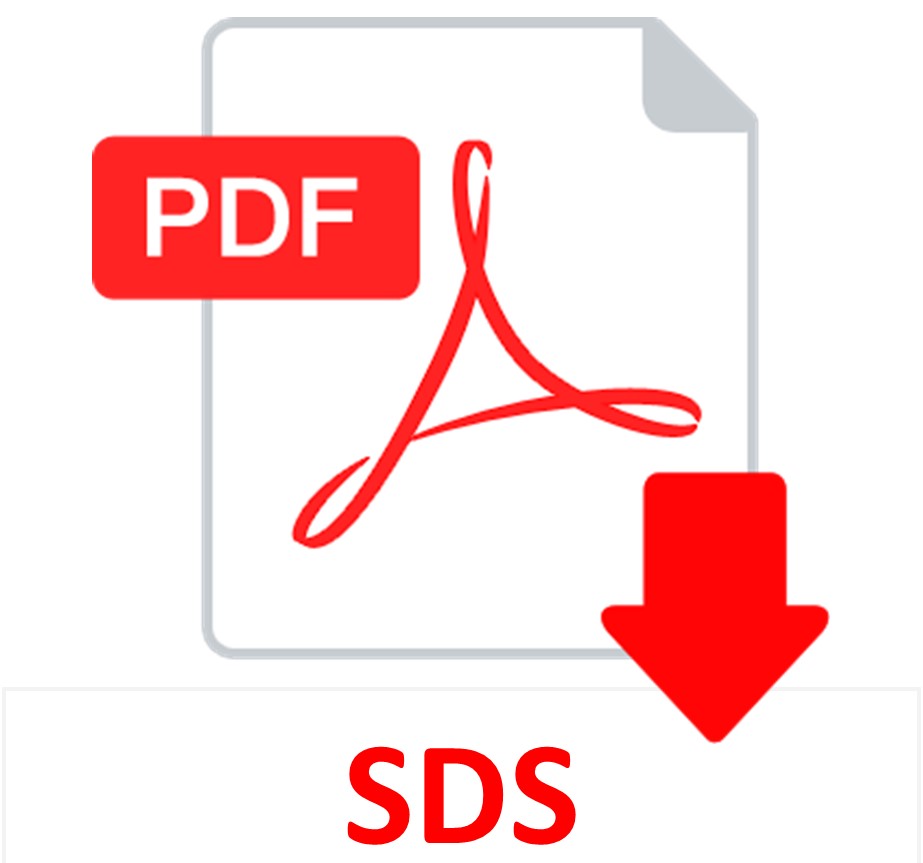AZF Fixative
(use: Excellent replacement for Mercury based fixative.) Working Solution. MERCURY FREE!
-
-
- Shelf Life is 2 years from date of manufacture.
-
SOLUTION:
| 1 Liter | 1 Gallon | 20 Liter Cube | |
| AZF Fixative | Part 1009A | Part 1009B | Part 1009C |
| 30 ml vial, 15 ml fill (100/cs) | |
| AZF Fixative Vial | Part 10091B |
For storage requirements and expiration date refer to individual bottle labels.
APPLICATION:
Newcomer Supply AZF (Acetic Zinc Formalin) Fixative is a ready-to-use fixative recommended for bone marrow clots and cores, lymph nodes, endoscopic biopsies and immunohistochemical (IHC) studies.
METHOD:
Fixation:
- Bone Marrow: Bone marrow clot a minimum of 2 hours, for bone marrow biopsy a minimum of 3 hours.
- Lymph Nodes and Small Biopsies: A minimum of 4 hours.
- Small nodes (5 mm or less) should be halved. Dissect larges pieces to maximum thickness of 3 mm.
- To facilitate cutting, place tissue in AZF Fixative for 1 hour to firm; then trim to 2-3 mm.
Solutions: All solutions are manufactured by Newcomer Supply, Inc.
FIXATION PROCEDURE:
- Place fresh tissue specimen in AZF Fixative as soon as possible after surgical excision.
- See Procedure Note #1.
- Hold tissue in AZF Fixative until ready to process or maximum of 72 hours.
- See Procedure Note #2.
- Wash AZF fixed tissue thoroughly in tap water for minimum of 10 minutes to remove residual zinc.
- Decalcify bone marrow specimen as needed.
- See Procedure Notes #3 & #4.
- Place on tissue processor in Formalin 10%, Phosphate Buffered (Part 1090) fixation step.
PROCEDURE NOTES:
- If received in Formalin 10%, Phosphate Buffered, rinse tissue thoroughly in tap water prior to placing in AZF Fixative.
- Extended storage in AZF Fixative is not recommended. After maximum fixation, wash tissue in running tap water a minimum of 10 minutes.
- Transfer AZF fixed tissue to Formalin 10%, Phosphate Buffered for long-term storage purposes.
- Nitric acid solutions are not recommended for decalcification following AZF fixation.
- Acetic acid in AZF Fixative may pre-start the decalcification process, decreasing overall decalcification time.
- Zinc chloride is corrosive, do not discard un-neutralized AZF Fixative solutions down the drain.
- Neutralize AZF Fixative with sodium carbonate or sodium bicarbonate to precipitate zinc at pH 7.0-8.0. Separate solids from liquid; dispose of according to local/state regulations.
- Approximately 100 grams of sodium bicarbonate will neutralize/precipitate zinc from 1 liter of AZF Fixative.
REFERENCES:
- Bonds, Lian A., Pat Barnes, Kathryn Foucar, and Cordelia E. Sever. “Acetic Acid-Zinc-Formalin: A Safe Alternative to B-5 Fixative.” American Journal of Clinical Pathology, 124 (2005): 205-11.
- Dapson, Janet Crookham, and Richard Dapson. Hazardous Materials in the Histopathology Laboratory: Regulations, Risks, Handling, and Disposal. 4th ed. Battle Creek, MI: Anatech, 2005. 148, 279.
- Naresh, K N, I. Lampert, and R. Hasserjian. “Optimal Processing of Bone Marrow Trephine Biopsy: The Hammersmith Protocol.” Journal of Clinical Pathology 59 (2006): 903-11.
- Modifications developed by Newcomer Supply Laboratory.



